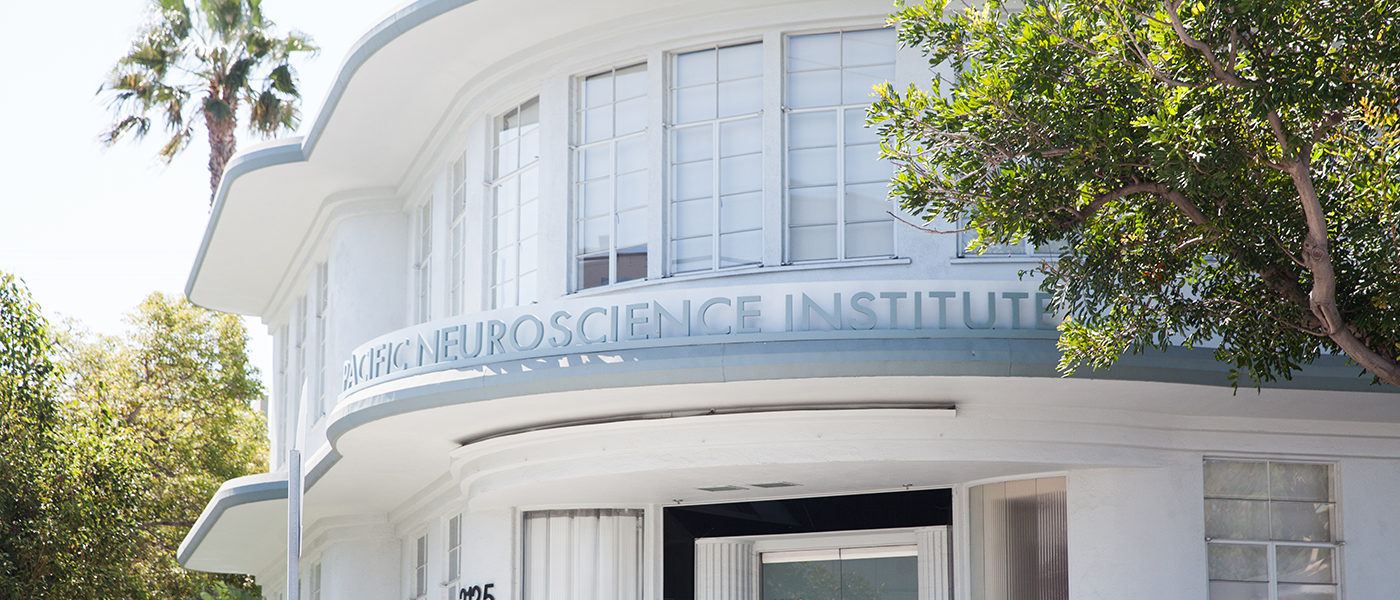
Bell’s Palsy (Idiopathic Facial Paralysis)
What is Bell’s palsy?
Bell’s palsy is a paralysis or weakness of the muscles on one side of your face. Fortunately, the majority of patients will recover normal or near-normal facial nerve function with medication only.
The facial nerve controls muscle activity on one side of the face. Therefore, damage to it can cause the affected side of your face to droop. Damage to the facial nerve may also affect your sense of taste and how you make tears and saliva.
Bell’s palsy may occur suddenly, often overnight, and usually improves within a few weeks.
It is important to note that Bell’s palsy is not the result of a stroke. But any sudden weakness that occurs on one side of your face should be checked by a doctor right away to rule out other more serious causes.
How is Bell’s palsy diagnosed?
Diagnosing Bell’s palsy should be performed by a medical expert. Facial paralysis due to Bell’s palsy appears suddenly, and has been associated with immunosuppression, stress and viral illnesses such as influenza.
A thorough evaluation of the entire body, as well as a laboratory, work up and neuroimaging (MRI) are necessary before diagnosing a patient with Bell’s palsy. It is very important to know that Bell’s palsy is a diagnosis of exclusion.
This means that other causes of facial weakness such as stroke, brain tumor, trauma, infection, ALS, post-surgical, Guillan-Barre syndrome, etc., should be ruled out.
What are the symptoms of Bell’s palsy?
Patients who experience Bell’s palsy will develop weakness of the entire face or complete facial paralysis. This includes the inability to blink or close the eye, smile, or chew food properly on the paralyzed side. In addition, patients may complain of hearing-related issues such as ringing (tinnitus), sensitivity to sound on the affected side (hyperacusis), and reduced sense of taste on the affected side of the tongue. Patients may also complain of dry mouth from decreased saliva production, and excessive tearing on the paralyzed side of the face.
Symptoms of Bell’s palsy include:
- Sudden weakness or paralysis on one side of your face that causes it to droop. It may make it hard for you to close your eye on that side of your face.
- Eye problems, such as excessive tearing or a dry eye
- Drooling
- Loss of ability to taste on the affected side of your tongue
- Pain in or behind your ear
- Numbness in the affected side of your face
- Increased sensitivity to sound
- Ringing in the ear
How is Bell’s palsy treated?
Most people who have Bell’s palsy recover completely, in 1 to 2 months with medications alone. This is especially true for people who can still partly move their facial muscles. A small number of people may have long term/permanent muscle weakness or other problems on the affected side of the face.
Treatment for Bell’s palsy should occur within 72 hours of onset. The current recommendation from the American Academy of Otolaryngology, Head and Neck surgery (AAO-HNS) is to:
- Begin 60mg Prednisone for 5 days then taper down over 5 days (10 days total)
- Begin antiviral therapy within 72 hours
- Enforce eye protection with artificial tears, lubrication and moisture chamber
If you cannot take corticosteroid medicines because of other underlying health issues, it is important to remember that some people with Bell’s palsy recover completely without any treatment. In severe cases, surgical decompression of the facial nerve may be recommended. However, there is a high level of risk and it is unclear whether there is a clinical benefit.
Acupuncture of the facial muscles has also been used with some success. Electrical stimulation is not recommended in the early/acute phase of Bell’s palsy and may contribute to the development of synkinesis.
Many health problems can cause weakness or paralysis of the face. If a specific reason cannot be found for the weakness, the condition is called Bell’s palsy.
While the cause of Bell’s palsy is not entirely clear, most cases are believed to be due to the herpes virus that causes cold sores, Herpes simplex 1 (HSV1). Reactivation of this virus in the facial nerve can cause inflammation and swelling of the nerve in the mastoid bone behind the ear. This leads to paralysis on one side of the face.
Bell’s palsy can affect both genders equally, however, pregnancy does increase the risk of developing Bell’s palsy. Patients with diabetes, hypothyroidism, and older people are at higher risk as well. Often, a viral infection precedes Bell’s palsy by 1-2 weeks. It is thought that these causes can spark the Herpes virus (which typically sits dormant in the facial nerve cell body) to activate and cause facial weakness.
Typically, Bell’s palsy causes a sudden or rapid onset of facial weakness or paralysis over 1-2 days. This may last for several weeks. Patients usually recover facial nerve function in 3-4 weeks. In severe cases, complete recovery may take up to 9 months.
Since the eye cannot blink or close properly, protecting the eye is the most important goal in the management of facial paralysis. Without proper eye protection, corneal abrasions can occur, leading to infection and eventual blindness. At night it is best to cover the eye with an eyepatch or a moisture chamber. During the day, the eye can be left uncovered, but artificial tears and lubrication ointment should be used often to prevent injury and infection.
Approximately 10% of patients who experience facial paralysis from Bell’s palsy will develop synkinesis, or abnormal, unwanted facial movement. This most often occurs in patients who experience delayed recovery of facial movement over several months, rather than those who recover in a few weeks.
Steroids can cause short-term side effects (most of which resolve once the medication is halted), which include insomnia, weight gain, gastritis, and mood changes. In patients with diabetes, steroids can elevate blood sugar and may require higher doses of insulin or other medications, and better control of blood sugars.
In cases of long-term (more than a few months) steroid use, they can result in immunosuppression, easy bruising, wound breakdown, bony fractures or necrosis, cognitive changes, diabetes, and high blood pressure.
High dose corticosteroid medicines (such as prednisone) are the standard of care and can make it more likely that you will regain all facial movement. They work best if they are taken soon after symptoms start (within 3 days). Sometimes antiviral medicines (such as acyclovir) may be added to corticosteroid medicines to treat Bell’s palsy-related pain. However, evidence for using antiviral medicines to treat the paralysis is weak. They may help to reduce pain, but in general, they do not affect recovery of facial movement.
Currently there are no herbs or supplemental medications that contribute to a faster recovery. The time to recover is dependent on the severity of each patient’s facial nerve inflammation. However, high dose steroids are known to improve recovery.
There is no cure for Bell’s palsy. However, most patients will recover facial movement with minimal side effects once the the facial paralysis resolves. Recurrence of facial paralysis may occur in 10% of patients with multiple recurrences found in less than 5%.
Facial exercises such as physical therapy, facial massage, and attempts at symmetric smile development should be started once the patient begins to regain function. Prior to this there may be no benefit to performing facial exercises or stretches.
The standard of care for patients with Bell’s palsy is high dose steroids, antivirals and eye protection/lubrication. There are no medication or treatment alternatives that will allow you to regain facial movement faster.
Patients that experience facial paralysis should all be first ruled out for more serious causes. Typically this includes diagnostic imaging with a CT scan or MRI. Testing may also include blood tests. If those are all negative, and history and physical exam signs and symptoms are indicative of Bell’s palsy, it is unlikely that a tumor or stroke is the cause.
However, if the paralysis is complete and there is no improvement after 6 months, it is very important to repeat testing and diagnostic imaging to confirm that a tumor was not present during the initial presentation.
Bell’s palsy doctor and specialist
Facial Nerve Disorders Program Director and Otolaryngologist, Dr. Amit Kochhar, has over ten years of experience managing patients with facial paralysis. He treats and is accepting new patients from all over California, Arizona, Nevada, Oregon and Washington.
Meet Dr. Kochhar

In-Person or Virtual Video Visit
Our specialists have consultation openings for new patients.
